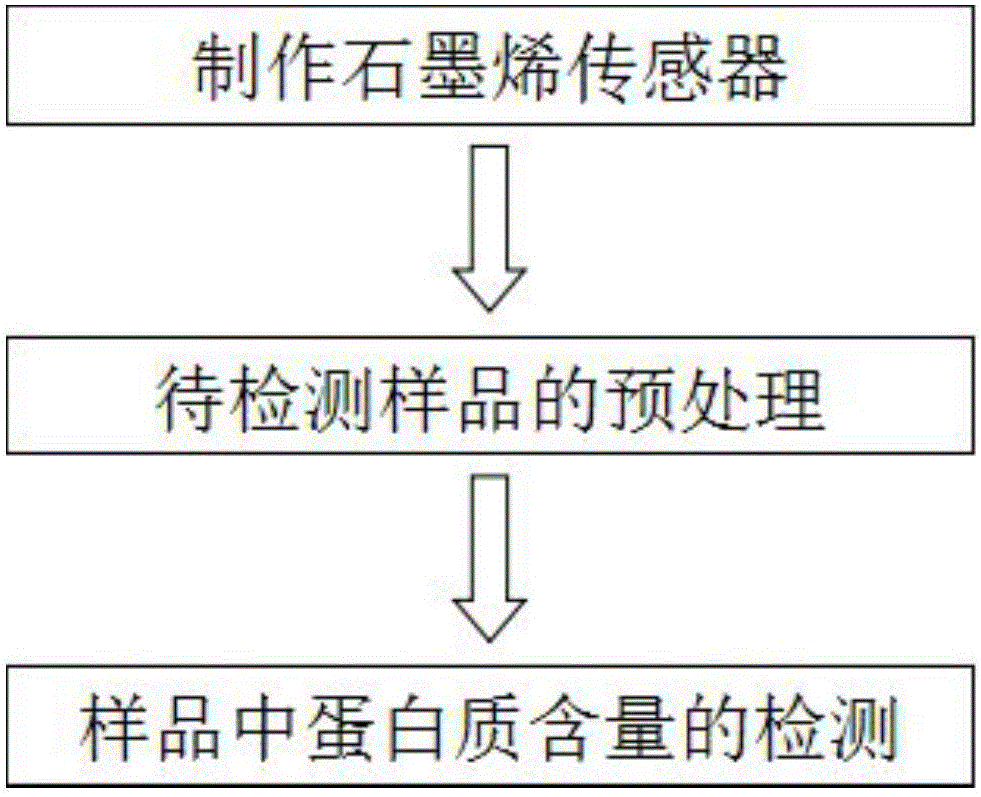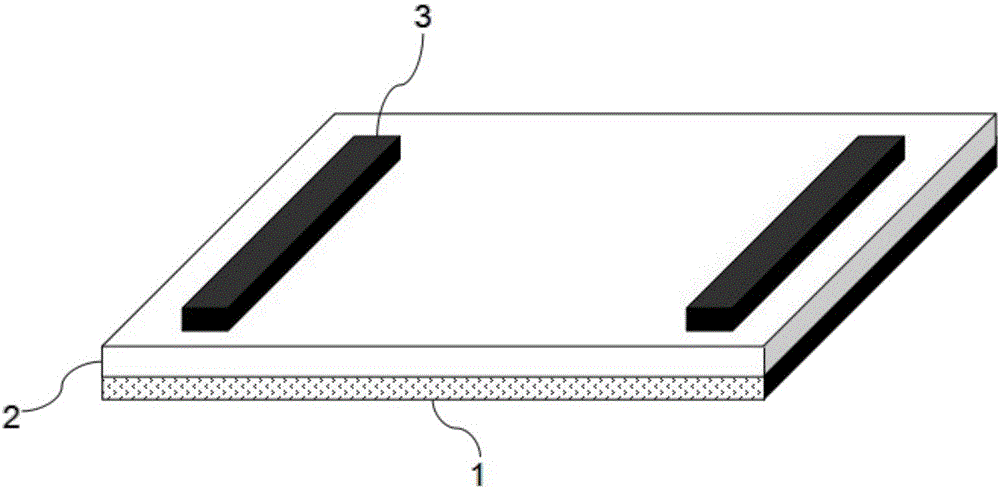Method for detecting protein based on graphene sensor
A protein and sensor technology, applied in the field of biochemical analysis and detection, can solve problems affecting accuracy, detection specificity, and complex components, and achieve the effects of increased carrier concentration, reduced resistivity, and reduced resistance
- Summary
- Abstract
- Description
- Claims
- Application Information
AI Technical Summary
Problems solved by technology
Method used
Image
Examples
Embodiment Construction
[0023] In order to make the purpose, features and advantages of the present invention clearer, the specific implementation of the present invention will be described in more detail below in conjunction with the accompanying drawings and embodiments. In the following description, many specific details are set forth for the convenience of The invention is fully understood, but it can be practiced in many other ways than that described. Accordingly, the present invention is not limited to the specific implementations disclosed below.
[0024] A method for detecting proteins based on graphene sensors such as figure 1 shown, including the following:
[0025] (1) Make graphene sensor: as figure 2 As shown, a graphene film 2 is provided on a substrate 1, and electrodes 3 are provided at both ends of the graphene film 2;
[0026] (2) Pretreatment of the sample to be detected: adding a fluorescent dye to the sample to be detected to label the protein in the sample to obtain a fluor...
PUM
 Login to View More
Login to View More Abstract
Description
Claims
Application Information
 Login to View More
Login to View More - R&D
- Intellectual Property
- Life Sciences
- Materials
- Tech Scout
- Unparalleled Data Quality
- Higher Quality Content
- 60% Fewer Hallucinations
Browse by: Latest US Patents, China's latest patents, Technical Efficacy Thesaurus, Application Domain, Technology Topic, Popular Technical Reports.
© 2025 PatSnap. All rights reserved.Legal|Privacy policy|Modern Slavery Act Transparency Statement|Sitemap|About US| Contact US: help@patsnap.com



